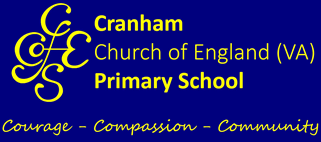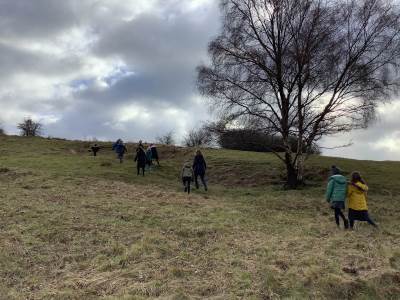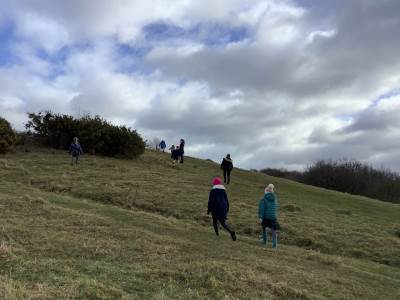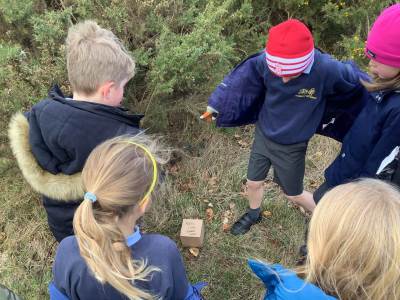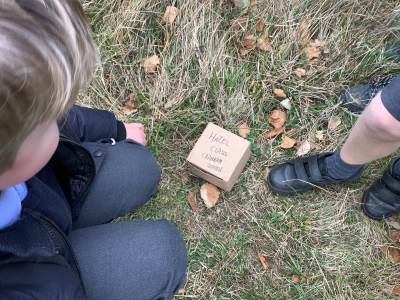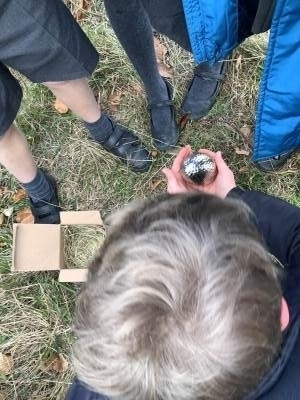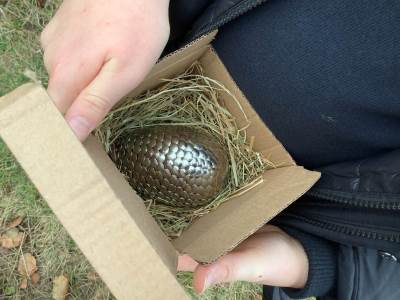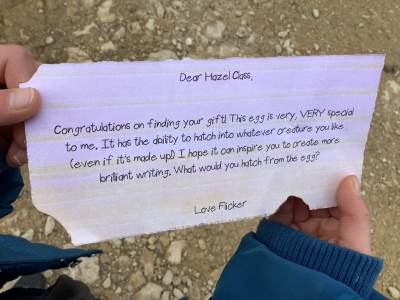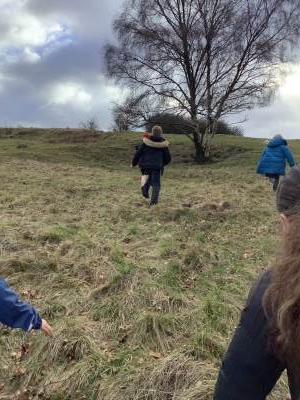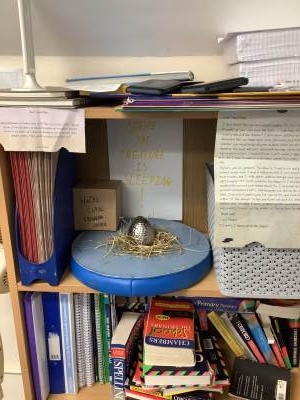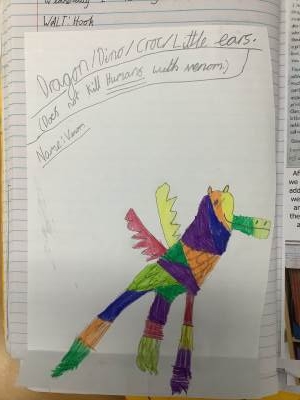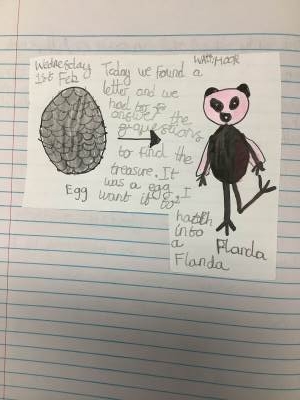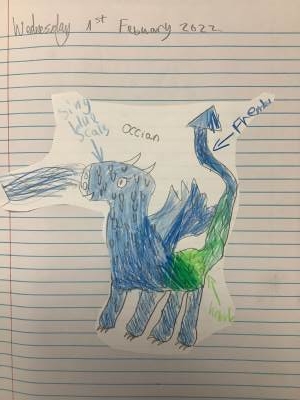Writing Implementation: How we teach and learn...
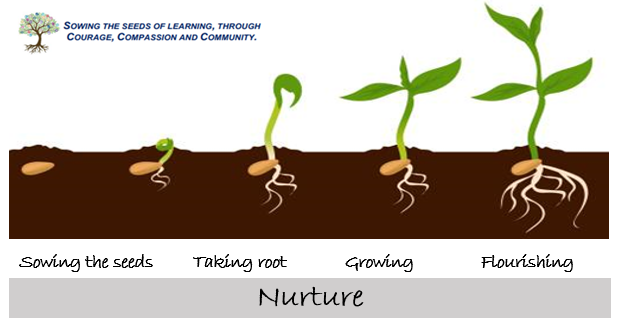
We teach writing here at Cranham in units consisting of blocks of 3 weeks in order to give the children the time and depth to fully master the genre they are studying. The first week begins with sowing the seeds by immersing the children in the genre and inspiring them to write (hooking them through an exciting event, and making the purpose for their writing clear); the second week is all about us providing the right conditions for the learning to take root and for the understanding to grow by scaffolding the children’s writing in modelled and shared pieces each day which are then displayed for support (the children can decide how much or how little they want to follow the shared writing); the final week is the opportunity for the children to flourish - to show off their independent writing which will involve creating a new piece in the same genre but with a different context. Children will have time to proof-read, edit and second-draft this piece for a purpose such as sharing/performing in collective worship, school displays, class compilations for the library, publication on our website, being sent somewhere special in the post, sharing with a different class or school, publication in the village magazine, and so on.
Week 1 is all about immersion and inspiration: For example, in order to hook the children into their ‘Three Billy Goats Gruff’ story-writing, Beech Class had so much fun dressing Mrs Hodges as a troll! Once they had finished their gruesome masterpiece, the class acted out the story in the playground by creating their own bridge to cross, with the terrible troll hot on their heels. By the end of the first week, after being immersed in other examples of this genre and after finding features and practising relevant grammar and punctuation, the children were feeling very secure with the story and ready to share-write it.
Week 2 is all about modelling and scaffolding: The children have a WAGOLL (what a good one looks like) for reference and work as a group to share-write a new version of the text, part by part over four days, with the adult modelling on a flipchart. The children are able to experience the real writing process, including live editing, first hand; the teacher will focus on the spelling, punctuation and grammar relevant for the children in their class and highlight this as they model. The children's own writing this week can stick very closely to the adult's modelling or can move towards more independence depending on their confidence. This modelled writing is displayed day by day for the children to refer to throughout the rest of the unit.
Week 3 is all about independent writing: The children are now free to show what they can do alone. They will be asked to plan and write a piece of text in the same genre but with a different context (for example, KS1 may swap from the Three Billy Goats Gruff to the Three Alligators Gruff; KS2 may move from a debate about whether or not we should wear school uniform to a debate about whether or not we should use fossil fuels. These independent pieces can be used to reliably assess the children's writing ability. The children are then encouraged to proof-read, edit and re-draft ready for publishing.
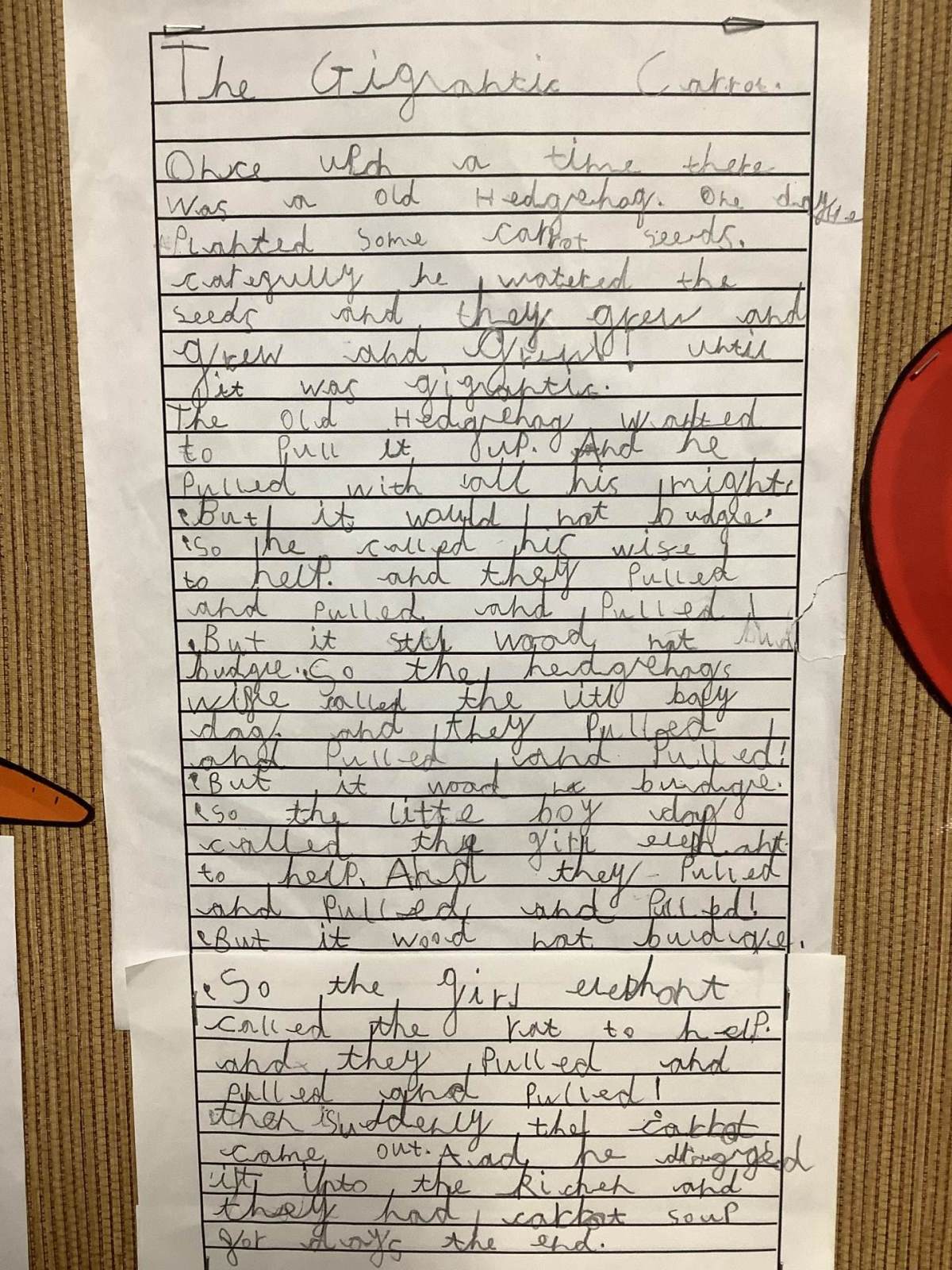
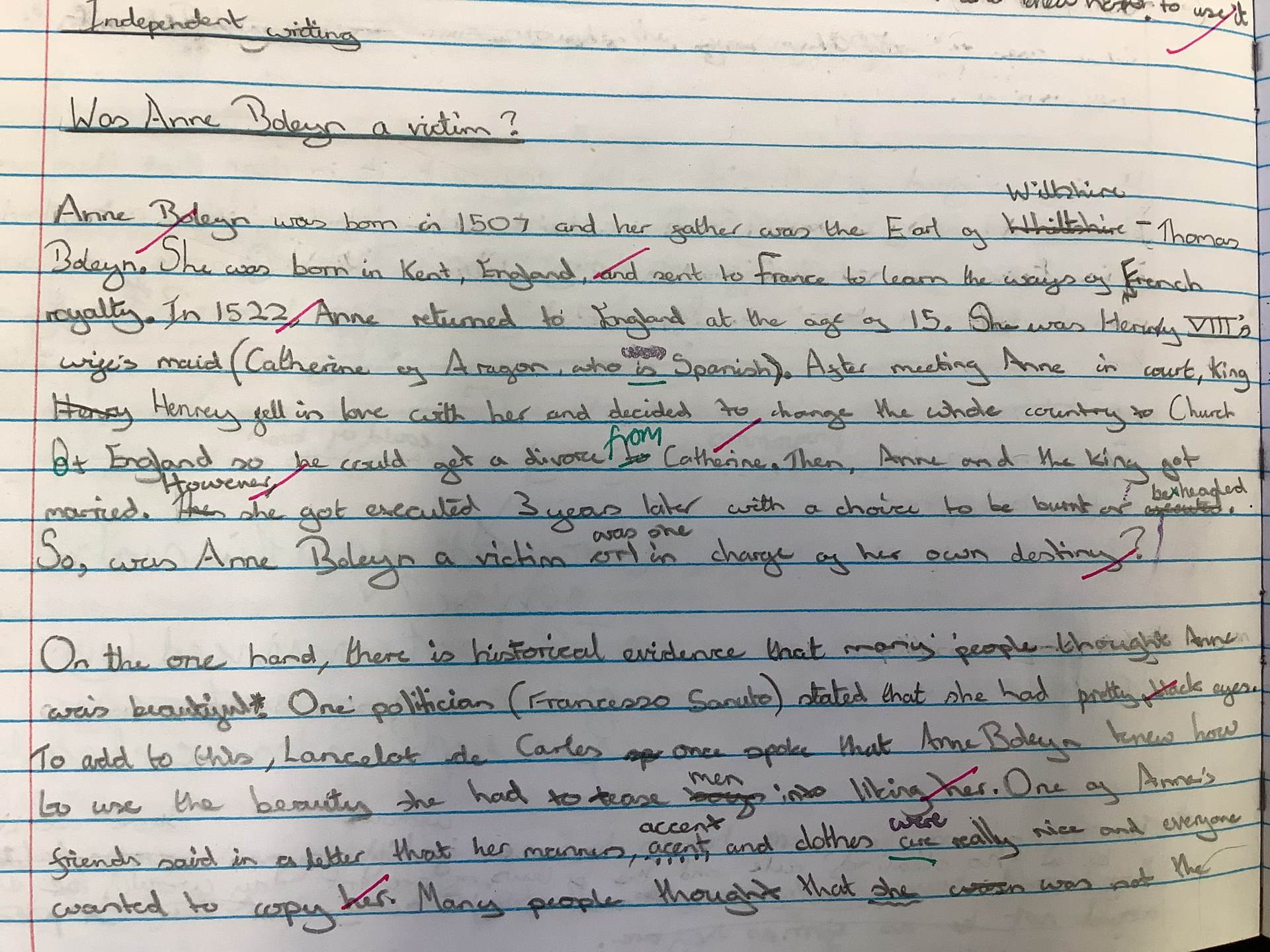
Hazel Class case study:
This term we have been reading The Boy Who Grew Dragons. We were very excited to find out that Flicker, the dragon from our story, had sent us a letter giving us clues to go and find a present! We worked out that the answers to the clues spelled 'common', so we went up on the village common and managed to find that we had been gifted a magical egg! This egg (which we called Hatch) had the power to turn into whatever creature we wanted, so we took him back, built him a nest and then drew a picture of what creature we would like to hatch. As a result of Hatch, Hazel class have been inspired to write some amazing viewpoint narratives!
Hazel class hook
